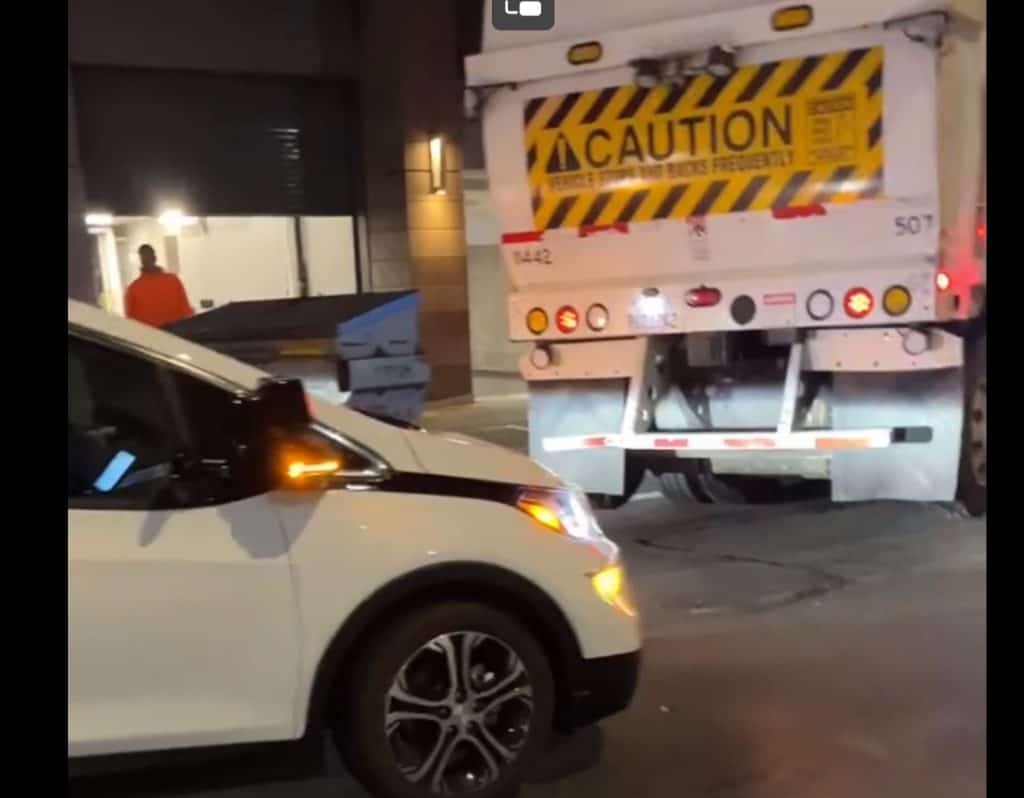
In an all-hands meeting on Monday, Cruise executives informed employees that GM had officially assumed full control of the company. “We are grateful for their passion and contributions to help us reach this stage, and our focus is on supporting them into their next chapter with severance packages and career support,” said Cruise spokesperson Sara Autio in a statement. “While not an easy decision, we are focused on combining efforts with General Motors to accelerate autonomy at scale on personal autonomous vehicles.”
For Cruise employees, the announcement is the latest development in a period of prolonged uncertainty. Since GM CEO Mary Barra’s decision in early December to scale back Cruise’s operations, employees have been left in limbo as leadership deliberated over the company’s future. Last week, TechCrunch reported that Cruise had started extending retention offers to select employees—primarily engineers—who are expected to transition into roles at GM, focusing on the automaker’s advanced driver-assistance product, Super Cruise. Meanwhile, the fate of thousands of other employees remained unclear, with Cruise’s board expected to make final determinations in early February.
A Costly Bet on Autonomous Ride-Hailing
GM’s decision to wind down Cruise represents a stark reversal from the automaker’s once-lofty ambitions for a future dominated by autonomous ride-hailing. Cruise, founded in 2013 and later acquired by GM in 2016 for more than $1 billion, was seen as a cornerstone of the company’s strategy to compete with the likes of Waymo and Tesla in the race for full autonomy. The robotaxi company had raised billions in outside investments and spent years testing self-driving vehicles in San Francisco and other cities, promising a revolution in urban mobility.
However, despite years of development, Cruise struggled with both technological and regulatory hurdles. The company’s robotaxi service faced increasing scrutiny after several high-profile safety incidents, including a collision in which a Cruise vehicle dragged a pedestrian for several feet. In the aftermath, California regulators suspended Cruise’s permit to operate its autonomous fleet, dealing a critical blow to its expansion plans.
By December, Barra acknowledged that operating a shared autonomous mobility service was never fully aligned with GM’s core business model. The costs, combined with the extensive regulatory barriers, made it difficult to envision a profitable future for Cruise. “GM has proposed a restructuring plan that will refocus our autonomous driving strategy on personal vehicles,” Barra told investors last week, emphasizing that the company expects to save $1 billion annually by discontinuing Cruise’s operations.
The Future of GM’s Autonomous Efforts
Although the demise of Cruise’s robotaxi business marks the end of GM’s foray into shared autonomous mobility, the company is not abandoning self-driving technology altogether. Instead, GM executives have made clear that the focus will now shift toward integrating Cruise’s technology into privately owned vehicles.
“By combining the specialized technology and talent at Cruise with our team developing Super Cruise, we’ll have the ability to accelerate our work on both assisted-driving and autonomous driving,” said Dave Richardson, GM’s senior vice president of software and services engineering. “We look forward to teaming with Cruise to accelerate our work together.”
The transition to personal autonomy aligns with broader industry trends. While fully autonomous ride-hailing remains a distant and highly regulated frontier, advanced driver-assistance systems—such as GM’s Super Cruise and Tesla’s Autopilot—are already in widespread use, with increasing consumer demand. By repurposing Cruise’s technology for personal vehicles, GM aims to maintain a foothold in the autonomous driving race without the financial drain of a commercial robotaxi business.
The End of a Chapter for Cruise Customers
As Cruise winds down, the company has also begun notifying customers that its ride-hailing service will not return. A message sent to users, which was shared on social media, read simply: “We unfortunately will not be relaunching our ridehail service.”
For now, the self-driving future that Cruise once promised remains elusive.